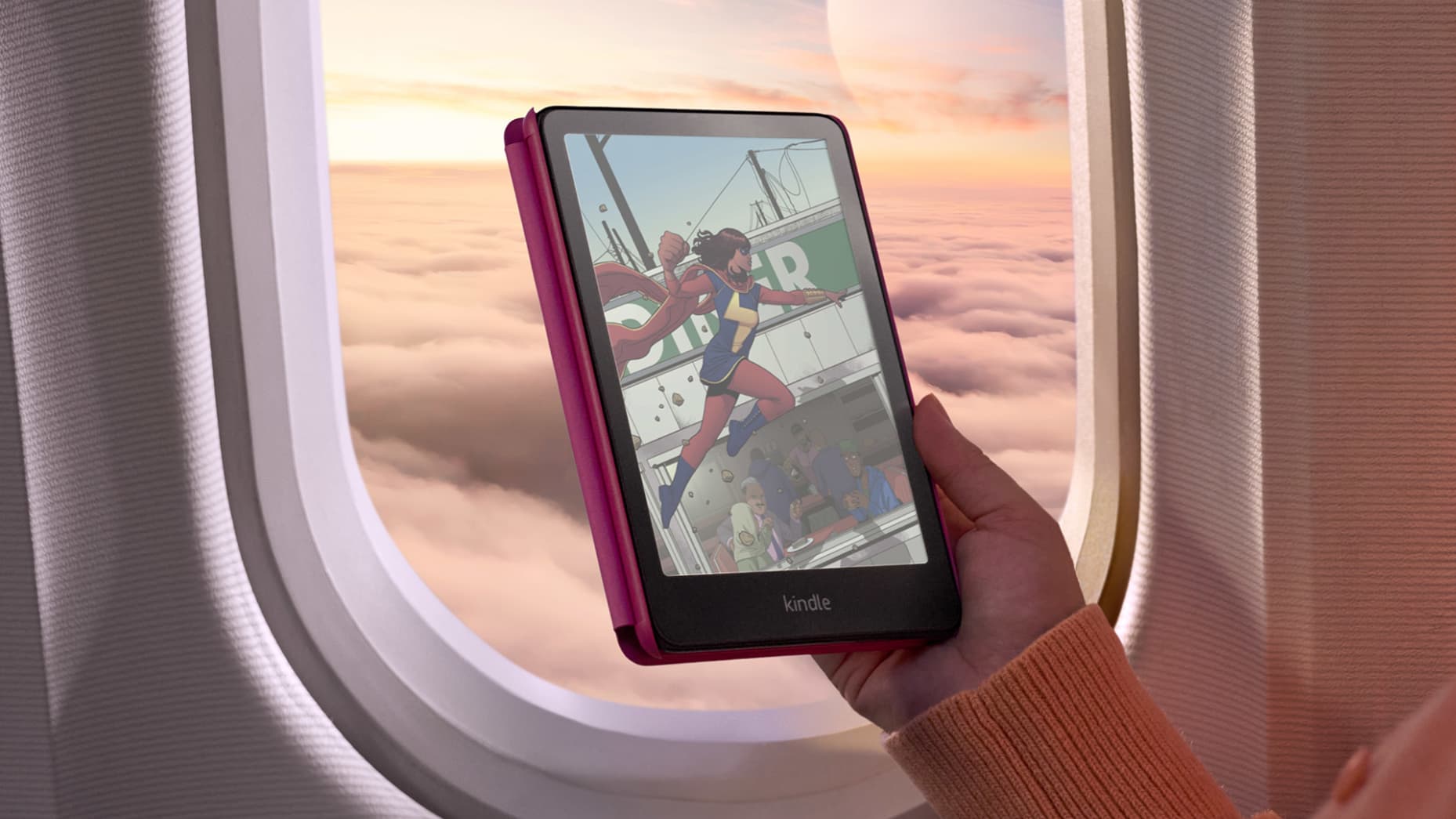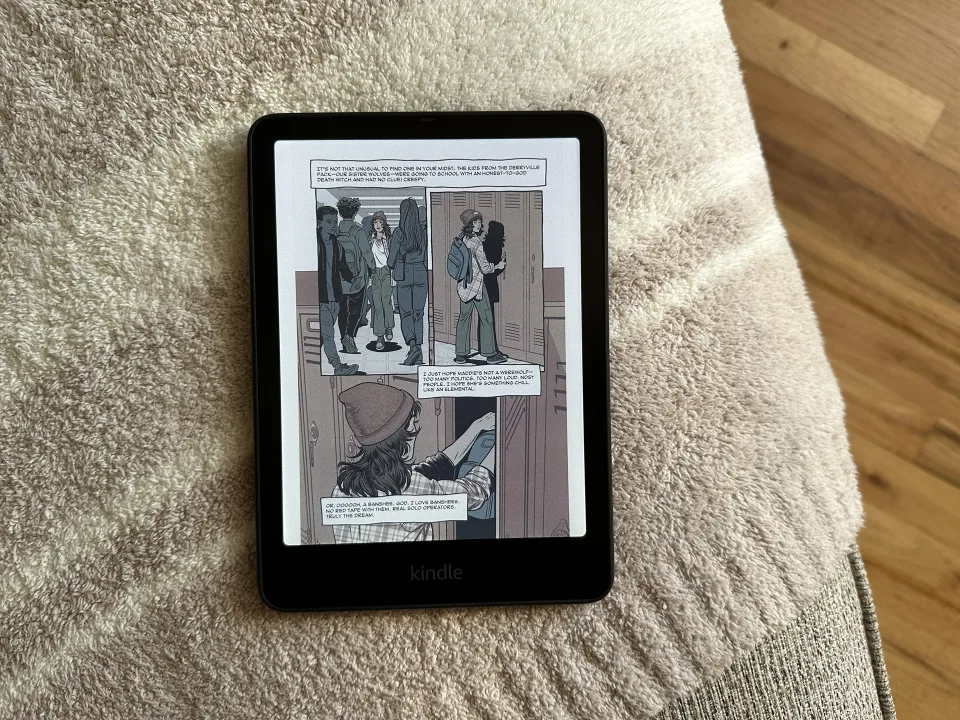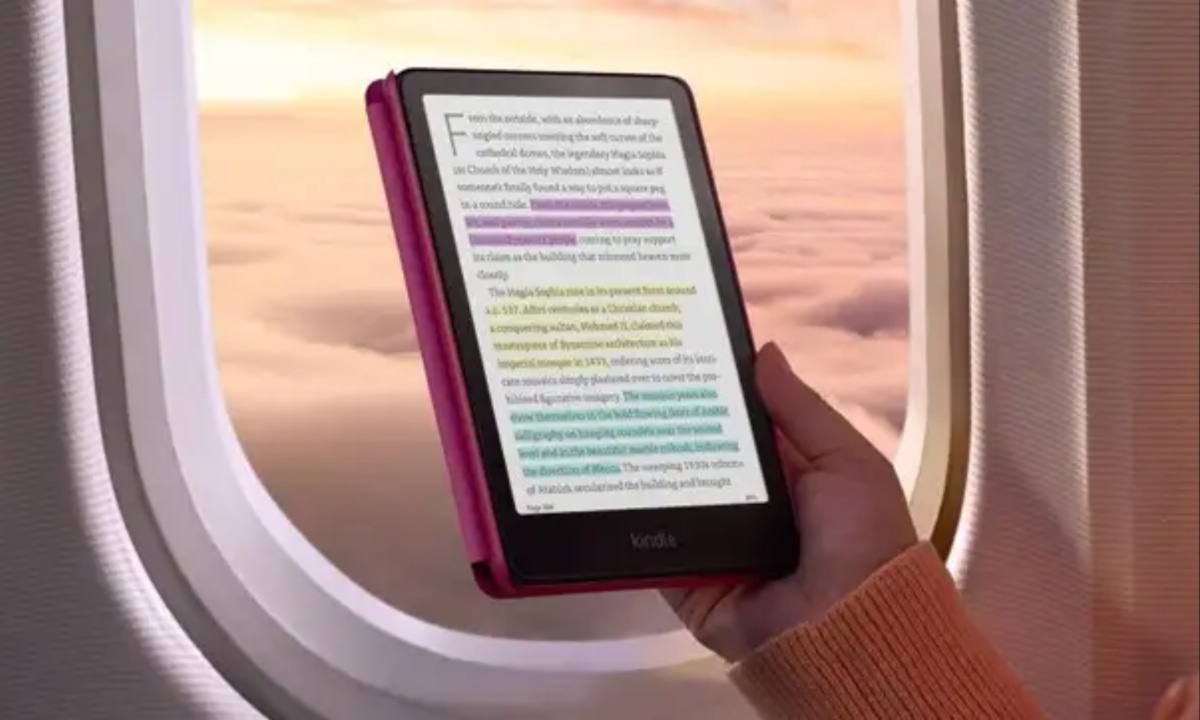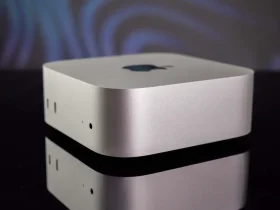Amazon has launched its highly anticipated $280 Kindle Colorsoft, marking the company’s entry into the color e-reader market. While Amazon has been a dominant player in the e-reader space since the release of the original Kindle 17 years ago, the Colorsoft feels like a latecomer, as other brands like Kobo, Boox, and reMarkable have already introduced color e-readers.
Amazon claims that it has made significant advancements in E Ink technology to ensure that Colorsoft’s display is superior, citing custom modifications to improve color accuracy and responsiveness. However, whether the Colorsoft lives up to these claims remains a nuanced issue.
The Colorsoft features a seven-inch screen built on E Ink Kaleido 3 technology, enhanced by a custom display stack developed by Amazon. This includes higher contrast pigments, improved speed, and better color fidelity. The custom oxide backplane operates at 24 volts to facilitate quicker pigment movement, which helps improve overall contrast.
Additional features, such as nitride LEDs for enhanced brightness and a specialized coating to minimize color mixing, contribute to quicker page turns and smoother transitions when zooming or switching between color pages. These modifications aim to offer a premium reading experience, particularly for graphic novels and comics.

When evaluating Colorsoft, it stands out as a high-end e-reader designed for users who prioritize color content. Its quick page-turn capabilities, pinch-to-zoom functionality, and automatic frontlight adjustments are notable advantages.
However, the price tag is a significant drawback, as it is more expensive than competitors like the $220 Kobo Libra Colour. Despite its advancements, Colorsoft’s color display is not dramatically different from those of other brands, prompting comparisons between devices and raising questions about its overall value.
Side-by-side comparisons with the Kobo Libra Colour reveal some interesting differences. The Kobo screen tends to skew warmer, making it more comfortable for reading in low-light conditions. Conversely, the Colorsoft exhibits a noticeable blue tint in dim settings, which can be uncomfortable for some users.
While the Colorsoft’s color accuracy is generally commendable, the presence of a cooler tint can detract from the reading experience. Users may need to adjust the warmth settings to make the display more comfortable, which adds another layer of customization to the reading experience.
Colorsoft also features a vivid mode, designed to enhance colors in less saturated images. While this mode is beneficial for specific types of content, the difference in color saturation is subtle.
The Kindle team acknowledges that the extra physical layer for color can lead to slightly reduced sharpness in black-and-white text compared to monochrome e-readers. In direct comparisons with the Kobo Libra Colour, the reading experience on both devices is similar, although the previous-generation Kindle Paperwhite may offer better contrast and sharpness for text-only content.

The Kindle UI remains largely unchanged, featuring a familiar division between Home and Library options. Users can still customize their reading experience with various fonts and layouts, and annotations are easily organized by highlight color. However, unlike some of its competitors, Colorsoft does not support stylus input, which may be a limitation for those who prefer handwritten notes. The pinch-to-zoom feature works well for graphic novels, and overall, the reading experience remains consistent with previous Kindle models.
When comparing the Kindle Colorsoft with its main competitors, including the Kobo Libra Colour and Boox Go Color 7, several factors should be considered. While the Colorsoft lacks physical page-turn buttons and stylus support, it excels in wireless charging and a cleaner design.
The Kobo Libra Colour offers these features and integrates seamlessly with Overdrive for library book borrowing, making it appealing for users who rely on library resources. On the other hand, the Boox Go Color 7 provides more flexibility with access to the Google Play Store, allowing for a broader range of applications and content.
While both the Kindle and Kobo platforms boast extensive libraries, the Kindle ecosystem has the edge in subscription services like Kindle Unlimited, which has been around longer than Kobo’s options. Both platforms support audiobooks via Bluetooth, enhancing their versatility for users who enjoy listening to books. However, Colorsoft has a notable issue with displaying library book covers on the lock screen, a challenge that may deter some users.
The price of the Kindle Colorsoft positions it as a premium product, significantly more expensive than the standard Kindle Paperwhite. Although Colorsoft offers some added features, many users might find the standard Paperwhite to be a more practical option unless they are particularly interested in color capabilities. The decision between these devices ultimately comes down to personal preference and the importance of color in the reading experience.
While the Kindle Colorsoft has arrived late to the color e-reader market, it provides a solid reading experience with noteworthy features tailored for color content. Users already invested in the Kindle ecosystem will appreciate the seamless integration and access to an extensive library.
However, for those considering value and specifications, competitors like Kobo and Boox may offer more attractive options, highlighting the increased competition among e-readers and the growing variety of choices available. Colorsoft fills a critical gap in Amazon’s offerings, but potential buyers should weigh their priorities carefully before making a decision.







Leave a Reply